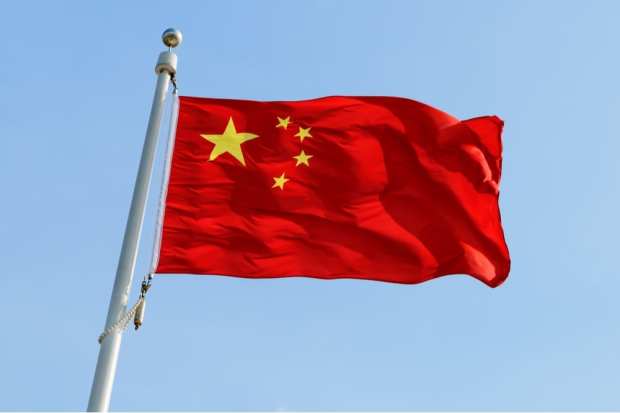87 Pct. Of US-Bound Counterfeit Products Came From China Last Year

Small business owners are trying to fight back against counterfeiters in China.
Data from the U.S. Customs and Border Protection’s Office showed that last year, 87 percent of all counterfeit products seized at U.S. ports came from China or Hong Kong. In fact, it’s a problem around the globe, with 80 percent of all counterfeit products seized worldwide coming from China, according to the Organization for Economic Cooperation and Development.
For example, Ruth Brons created an accessory a decade ago that helps students hold the violin bow correctly, and launched her own business, Bow Hold Buddies. She also patented her invention in the U.S., Canada, Mexico, Europe and Australia.
But when after hiring an agent in 2013 to distribute her product from Beijing, she found out that counterfeit versions of her product were already for sale on the eCommerce site Taobao at a fraction of Brons’ price. Two local factories were manufacturing the knockoffs, and the patent that Brons paid about $100,000 for in the U.S. had been copied.
While Brons has gone to court twice in China to have the copied patents invalidated, new counterfeit products keep coming up for sale online, including on US-sites Amazon and eBay.
“You take down one and another pops up,” Brons said, according to CNBC. “It’s like whack-a-mole.”
It has become a key issue in the trade war between the U.S. and China. Earlier this year the Trump administration warned Alibaba, Amazon, eBay and other eCommerce sites that the U.S. would come down on sites that didn’t work to prevent the sale of counterfeit products.
But the problem is not due to a lack of legislation, according to Fred Rocafort, a former U.S. diplomat who is now an attorney at the international law firm Harris Bricken.
“The problem emerges when you start looking at the enforcement, which takes place at the more local levels than at the national level,” said Rocafort. “There’s a corresponding loss of enthusiasm for enforcement as you move down the chain.”
He added that American businesses can better protect their intellectual property if they work within the Chinese system, especially registering their intellectual property in the country — something Brons did not do.
“I could not have afforded it,” she said. “I’m just a violin teacher.”
Businesses also need to cooperate with the local authorities, Rocafort said.
Larry Griffith, president and CEO of Bohning Co., a small business in northern Michigan that manufactures parts for archery equipment, discovered his company’s trademarks were being copied in China. He then applied for a trademark in China, and his company spent around $250,000 protecting its trademarks, with Chinese police raiding three factories in Ningbo and seizing tens of thousands of dollars of counterfeit products.
“The Chinese government upheld our rights,” Griffith said. “It was not a matter of nationalism; it was a matter of law. And I think the Chinese are like a lot of countries — they’re very legally minded; they want to be fair.”
However, Bohning is still finding plants producing counterfeits of its products.
“I think this is like paying taxes — it’s never going to go away,” Griffith said. “But you can really damage it. I look at counterfeiters like a bully on a playground. If you stand up to them and give them hell, they’re going to find an easier target.”
